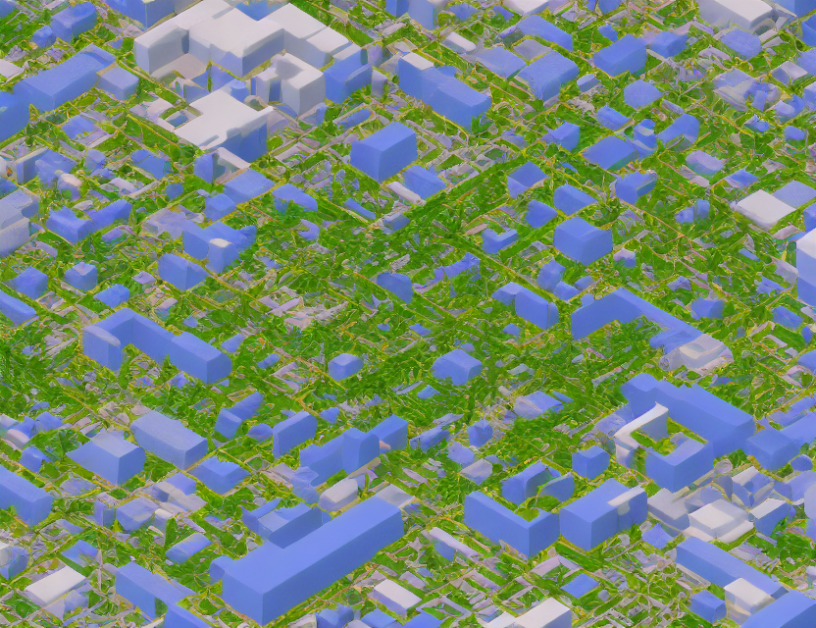Probability density estimation and sampling are crucial tasks in machine learning, particularly when dealing with high-dimensional datasets. Existing methods often struggle to provide accurate results due to the curse of dimensionality. In this article, we propose a novel approach inspired by ensemble learning that leverages multiple suboptimal permutations to improve probability density estimation and sampling. Our method is computationally efficient, scalable, and offers comprehensive coverage of complex datasets.
Ensemble Learning: A New Perspective
Ensemble learning is an established technique in machine learning that combines multiple models to improve predictive accuracy. In the context of probability density estimation and sampling, our approach takes a novel viewpoint by recognizing that suboptimal permutations can provide valuable information beyond the optimal ones. By combining these suboptimal permutations, we can construct a more robust and accurate representation of the probability distribution.
Computational Complexity Analysis
To evaluate the efficiency of our proposed method, we conducted a computational complexity analysis. We demonstrated that our algorithm requires O(D((2K + 1)R3 + 3R2 + K)) operations, where D is the number of dimensions, K is the number of rows in the tensor, and R is the rank of the matrix. This complexity is comparable to other state-of-the-art methods, and our algorithm does not rely on any limiting assumptions about the computational resources.
Comparative Analysis
To demonstrate the superiority of our approach, we conducted a thorough comparison with existing methods, including TTDE [33]. Our results show that our proposed method outperforms these competitors in terms of accuracy and efficiency, particularly when dealing with high-dimensional datasets. We also provide baseline performance results from a Gaussian model fitted to the training data for reference.
Conclusion
In this article, we presented a novel approach to probability density estimation and sampling that leverages ensemble learning. By combining multiple suboptimal permutations, our method can construct a more robust and accurate representation of the probability distribution. Our computational complexity analysis shows that our algorithm is efficient and scalable, making it suitable for large-scale datasets. We demonstrate the superiority of our approach through comparative analysis with existing methods and provide baseline performance results for reference. Our proposed method offers a promising solution to the challenges of high-dimensional probability density estimation and sampling.



